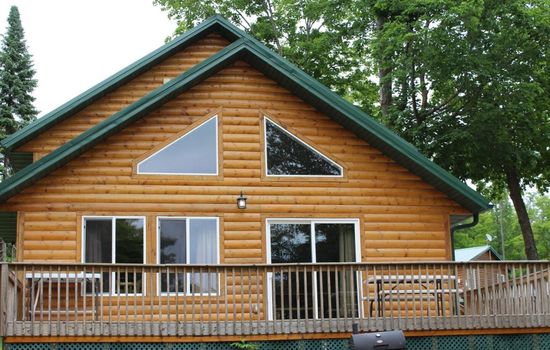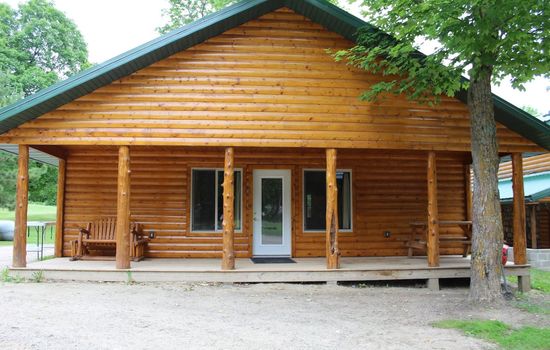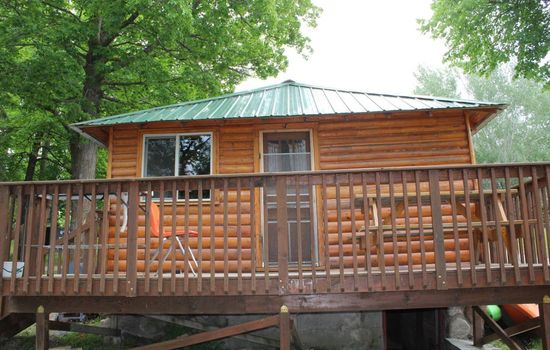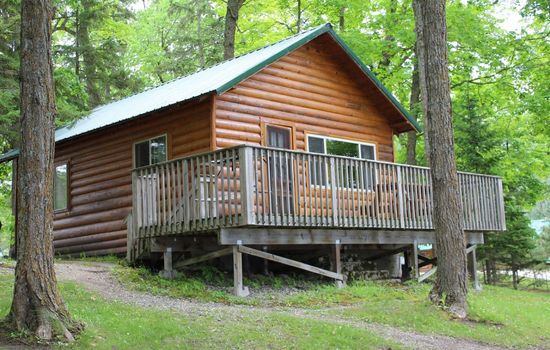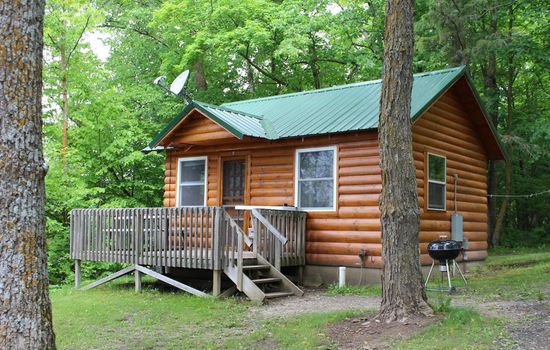The visitor center at Remer State Forest in Minnesota offers information about the park’s natural features and recreational activities. It is open from 8 AM to 4 PM daily, providing a great resource for visitors to plan their outdoor adventures.
There are no entrance fees for visitors. Parking is available, but fees may apply during peak seasons.
To reach this serene natural retreat from Minneapolis, take Interstate 35W north for approximately 90 miles. Exit onto Highway 61 and follow the signs for the forest, enjoying the scenic drive through Minnesota’s lush landscapes.
Accessibility & permits
Emergency
- Cell service availability:Full
Information not accurate?
Help us improve by making a suggestion.
Remer State Forest in Minnesota offers a serene escape into nature, inviting travelers to immerse themselves in its unspoiled beauty. This expansive forest, rich in biodiversity, boasts towering pines and vibrant undergrowth, creating a picturesque backdrop for outdoor enthusiasts. Hikers can explore miles of scenic trails that wind through the lush landscape, revealing hidden lakes and panoramic vistas that captivate the senses.
In addition to hiking, Remer State Forest provides ample opportunities for fishing and canoeing, making it a haven for water lovers. The tranquil lakes, teeming with fish, beckon anglers to cast their lines and enjoy the peaceful surroundings. Wildlife enthusiasts will delight in spotting deer, eagles, and a variety of other species that call this forest home.
For those seeking a more immersive experience, camping under the starlit sky offers a unique way to connect with nature. As the sun sets, the forest transforms into a magical realm, with the sounds of rustling leaves and chirping crickets creating a symphony of tranquility. Remer State Forest is not just a destination; it’s an invitation to rediscover the wonders of the great outdoors.
Top 3 Facts about Remer State Forest
In this region, rare bird species like the Kirtland’s warbler, which nests exclusively in young jack pine forests, can be spotted during migration, while the elusive Eastern Massasauga rattlesnake, a threatened species, thrives in the wetlands, showcasing the area’s unique biodiversity and ecological significance.
In this region, a unique phenomenon occurs where microclimates can lead to significant temperature variations over short distances, allowing for diverse ecosystems to thrive; for instance, one area might experience frost while just a few hundred feet away, another spot enjoys mild weather, showcasing nature’s unpredictability.
Known for its unique trail names like “Frog Pond Loop” and “Squirrel’s Revenge,” this forest also has unusual rules, such as banning motorized vehicles on certain paths, making it a haven for hikers and nature enthusiasts seeking both adventure and tranquility in a pristine setting.
Family programs
- Junior Ranger
- Ranger-led Tours
- Self-guided Tours
- Workshops & Hands-on Activities
- Living History & Cultural Demos
- Scavenger Hunts
- Night Sky & Astronomy
- Family Camping & Overnight
- Volunteer & Stewardship
- Youth Conservation
- Scouting Partnerships
- Virtual Junior Activities
- Arts & Crafts
- Water-based Adventures
Travel Tips
Plan Ahead
To fully enjoy your visit, plan ahead by checking trail conditions and weather forecasts. Bring essential gear, including maps and plenty of water, and consider timing your trip for early morning or late afternoon to avoid crowds. Don’t forget to pack a picnic to savor amidst the stunning natural beauty, ensuring a memorable outdoor experience.
Pack Appropriately
When visiting this scenic forest, pack a lightweight pair of waterproof boots to navigate the diverse terrain, including marshy areas and rocky trails. Additionally, bring a compact, portable water filter to enjoy fresh water from the many pristine lakes and streams, ensuring hydration while minimizing your environmental impact.
Respect Wildlife
When exploring this pristine forest, prioritize wildlife respect by keeping a safe distance from animals and avoiding loud noises that can disturb their natural behavior. Stick to marked trails to minimize your impact on their habitats and remember to leave no trace—take all trash with you to preserve the beauty and integrity of this serene environment.
Stay Informed
Before your visit, stay informed by checking the weather, temperatures, and any fire bans or notices. Know the emergency contact information and ensure someone knows your destination and expected return time. Being prepared enhances your safety and enjoyment while exploring the great outdoors.
Seasons
In spring, the forest awakens with vibrant wildflowers and migratory birds, offering a serene retreat for nature enthusiasts seeking hiking, fishing, and wildlife viewing.
Summer in northern Minnesota offers a serene escape with warm temperatures and abundant sunshine, ideal for hiking, fishing, and exploring the region’s natural beauty.
As September’s crisp air ushers in vibrant hues, October’s golden foliage peaks, and November’s serene landscapes offer a tranquil retreat, making fall the ideal season to explore Minnesota’s natural beauty.
Embrace the serene beauty of Minnesota’s winter landscapes with activities like cross-country skiing, snowshoeing, and ice fishing, offering a tranquil retreat from the everyday.
Information not accurate?
Help us improve by making a suggestion.
Where to stay
Frequently Asked Questions
Ready to dive into what Remer State Forest has to offer? Let’s tackle some of the burning questions you might have as you plan your visit!
-
Remer State Forest’s main attractions include scenic landscapes, diverse ecosystems, and recreational activities such as fishing, bird watching, and photography. The forest features pristine lakes and rivers ideal for canoeing and kayaking, making it a perfect spot for nature enthusiasts and families looking for outdoor adventures.
-
Yes, camping is available in Remer State Forest, with designated campgrounds offering both primitive and developed sites. Campers can enjoy amenities such as fire rings, picnic tables, and access to restroom facilities. The forest’s natural beauty provides a serene backdrop for camping experiences.
-
Wildlife in Remer State Forest includes a variety of species such as white-tailed deer, black bears, and numerous bird species like bald eagles and songbirds. The diverse habitats support both aquatic and terrestrial wildlife, making it a great destination for wildlife observation and photography.
-
Yes, there are hiking trails in Remer State Forest that cater to different skill levels. The trails wind through lush forests and along scenic lakes, offering hikers a chance to explore the area’s natural beauty while enjoying the tranquility of the outdoors.
-
The best time to visit Remer State Forest is during the late spring and early fall. Spring offers blooming wildflowers and mild temperatures, while fall showcases vibrant foliage. Summer is also popular for camping and water activities, but can be busy, so plan accordingly.


